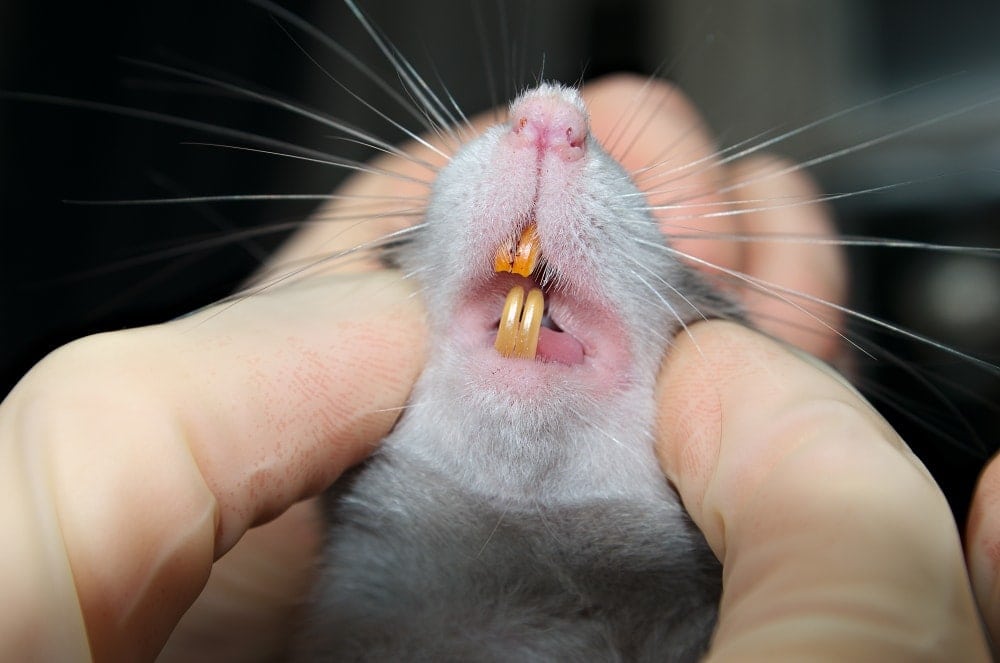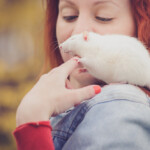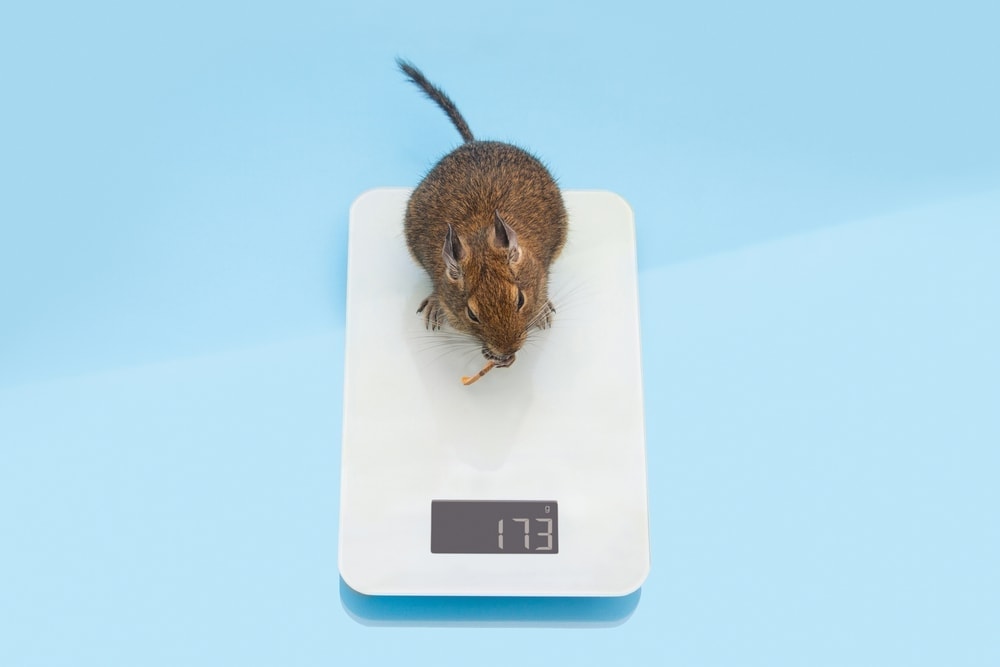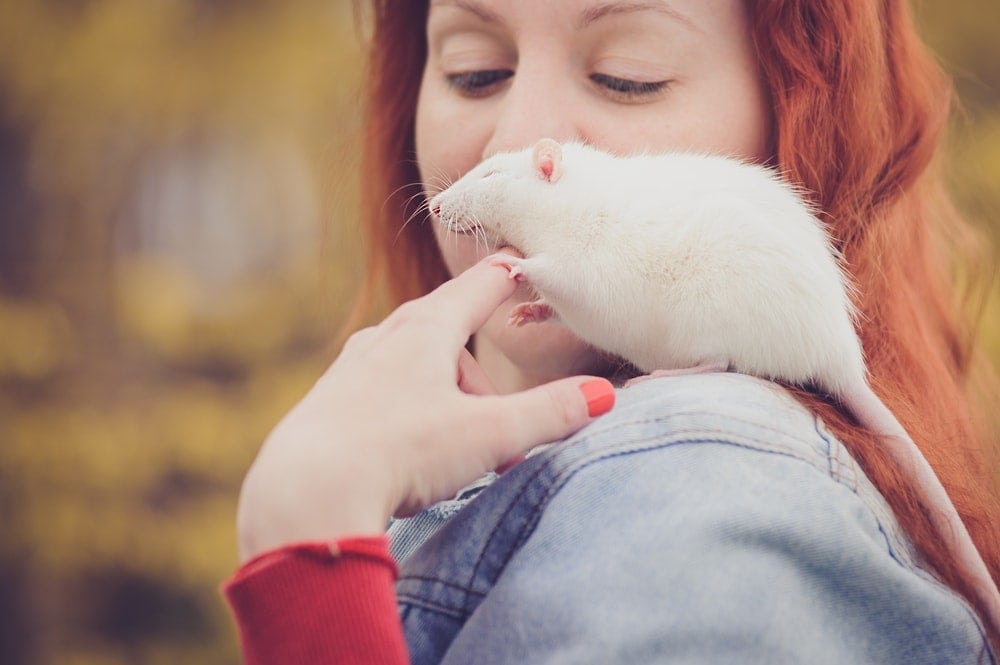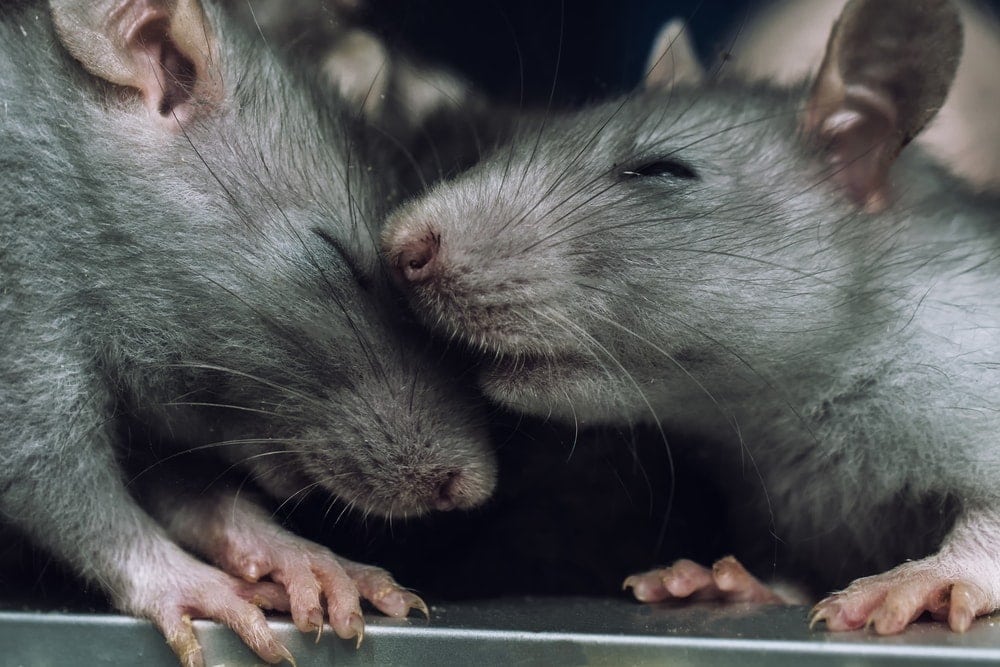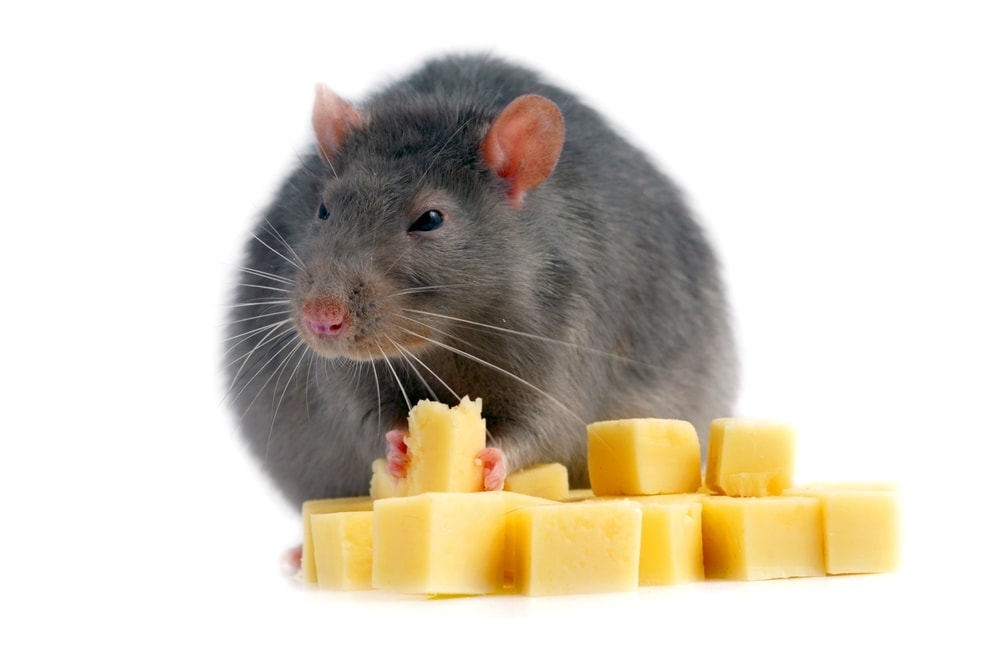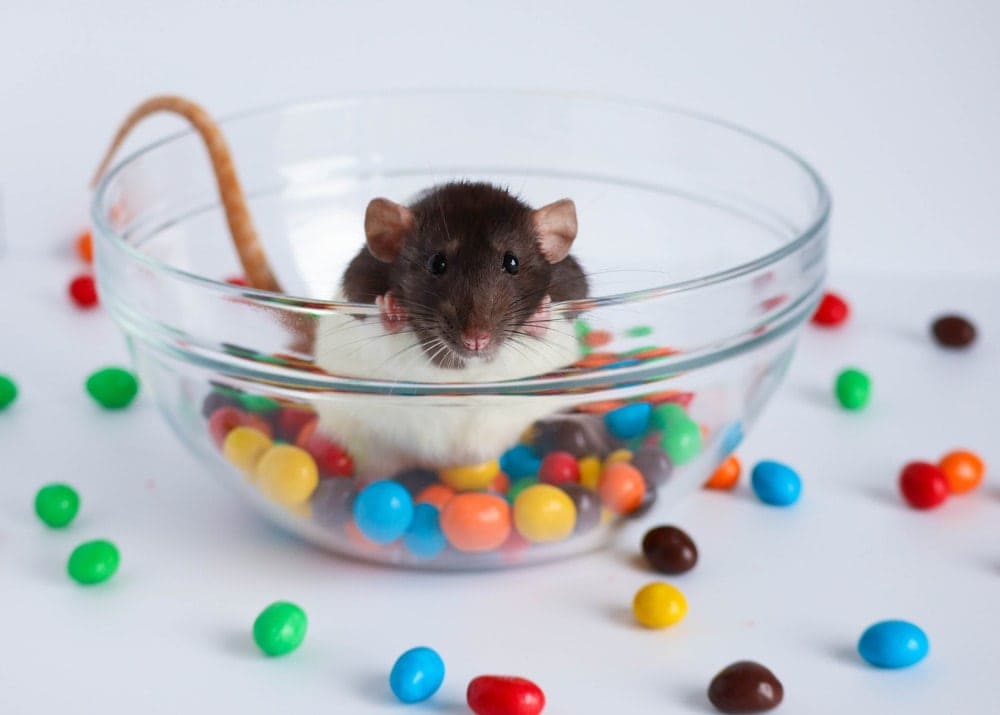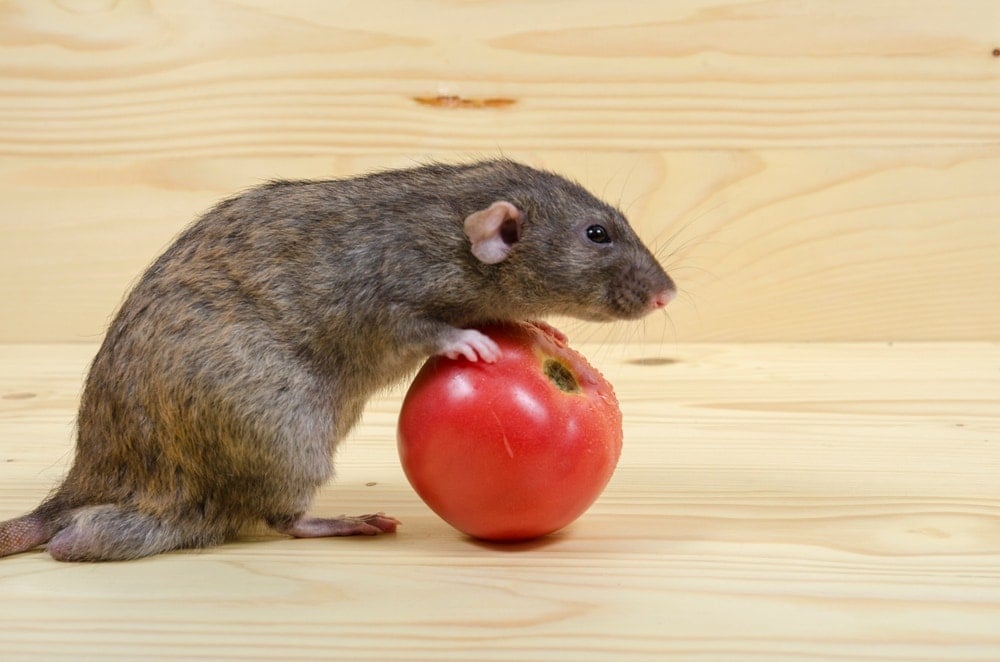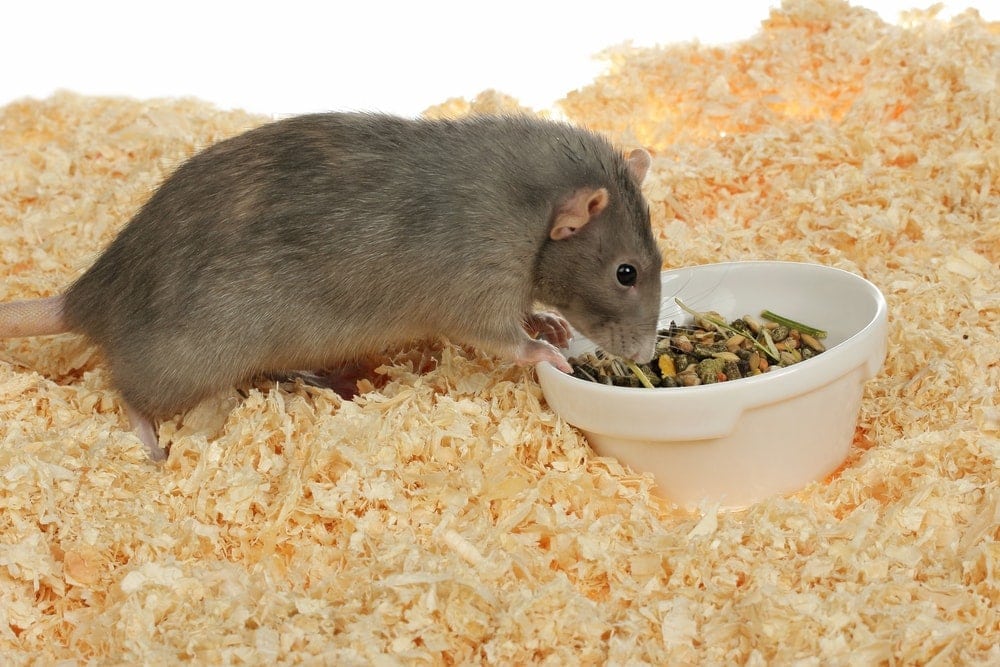Sometimes the teeth of a pet rat can be problematic. The reason is that their teeth constantly grow throughout their lifetime so they will need care.
Although they are gnawing on things often, you may have to trim their teeth. Here we will tell you how to do that correctly and safely without hurting your pet rat.
Type of Teeth a Pet Rat Has
Most cats and dogs are born with no teeth, develop baby teeth, and then lose them when their adult teeth come in. With pet rats, they have only one set of teeth their entire life. Their teeth appear in their mouth as young as eight days. They have four incisors and twelve molars. Their incisors grow continuously while their molars do not. The incisors are considered their front teeth and are what can cause problems because they are continuously growing.
Examining Your Pet Rat’s Teeth
You should make it a habit to occasionally check your pet rat’s teeth. This way you can help to prevent any problems. The incisors of a pet rat’s teeth are a yellow color and are harder than a human’s teeth. The pet rat’s bottom incisors are about seven millimeters long past the gum line and the upper incisors are about four millimeters long.
Most of their incisors are hidden under their lips. To check a pet rat’s teeth, you have to gently pull back their lips and cheeks to make sure that the teeth are not curling up and into the side of their cheek or back into their mouth.
If they do not like to hold still while checking their teeth, you can wrap them in a towel but you do need to hold them tight but gently to prevent hurting them.
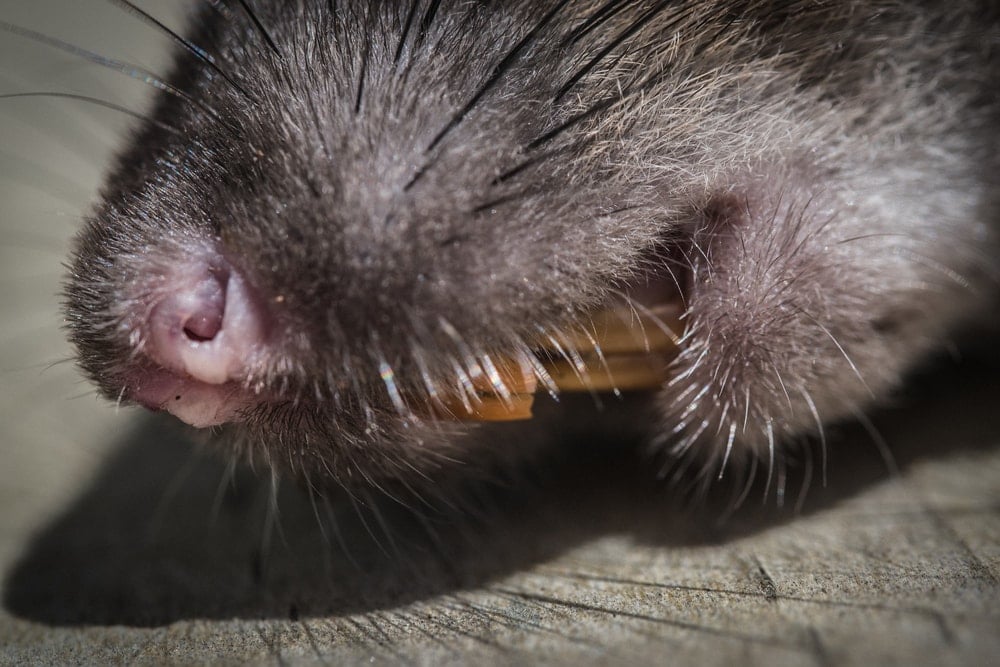
Overgrown Pet Rat Teeth
When their incisors, or front teeth, are overgrown, they are easy to identify. Normally they will grow so long before they start to curve and appear out between their lips. At this time, they can grow into the roof of your pet rat’s mouth, into their gums, or get stuck on things.
The teeth in the back, aka the molars, do not grow. When a pet rat gnaws on their food, it will generally wear down their incisors.
Some pet rats have suffered some trauma in their lives or are born with jaws and teeth that are misaligned. If this happens, it inhibits a pet rat’s normal gnawing action and can result in their teeth causing problems.
Issues With Overgrown Pet Rat Teeth
If you do not check your pet rat’s teeth to make sure they are not overgrown nor do nothing about them if they are overgrown, your pet rat could suffer from:
- Anorexia
- Serious trauma
- Infections.
- Pain
- Death from not having the ability to chew and swallow
How to Prevent Overgrown Pet Rat Teeth
The best way you can keep your pet rat’s teeth at a normal length is to make sure that they have something to chew on. There are toys, safe wood, and rat pellets that will allow them to naturally wear their teeth down to a safe length. Some wood that is safe for your pet rat to chew on include bamboo cane, thin apple wood sticks which you can get from pet stores, ash, blackberry, dogwood, grapevine, and more.
Do not let them chew on Balsam fir, beech, cedar, all citrus wood, and more. If you have any questions, check with your veterinarian. In their diet, make sure that you are including healthy, crunchy treats like uncooked pasta, carrots, and pumpkins.
Trimming Your Pet Rat’s Teeth
When your pet rat’s teeth need to be trimmed, there are two methods in which this can be done.
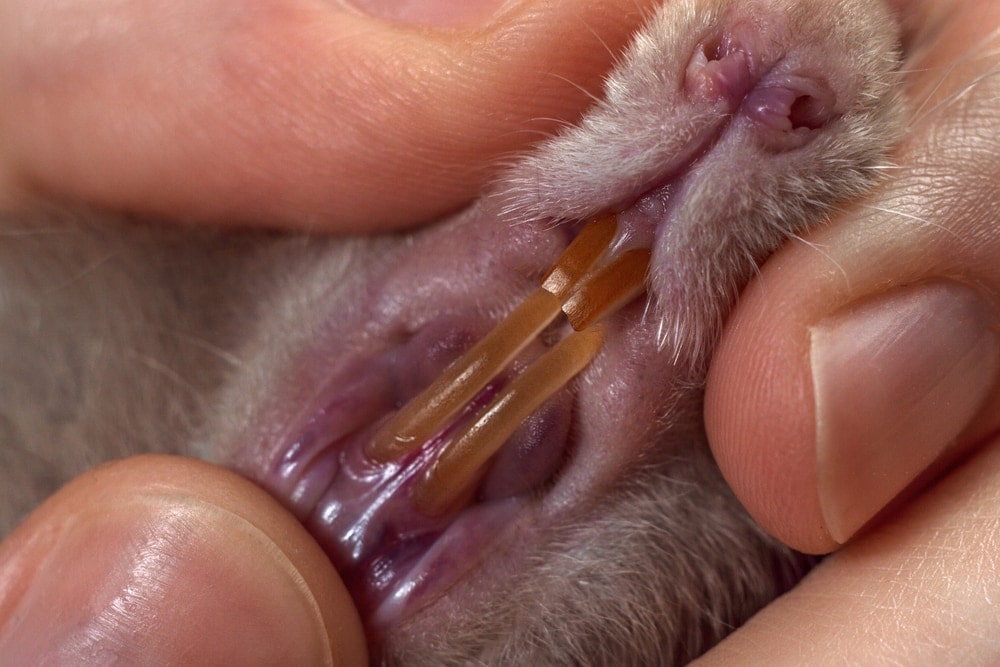
1. Method One
With this method, you would use dog nail clippers to cut the pet rat’s tooth like you would cut your toenails. It is not the method that is recommended or preferred. The reason is that using this method, there is a high risk of splitting or cracking their tooth because of the force that is need to use the clippers. You can cause your pet rat pain if the tooth is trimmed too short or the split is up to the nerve.
2. Method Two
This method uses a handheld rotary tool with a cut-off wheel. It is used to slice the excess tooth off. This method does require sedation or anesthesia for your pet rat and a bit more skill than most of us has. This is generally done by a veterinarian who has experience taking care of a pet rat’s teeth. When they use this type of tool, there will be no trauma to the nerve or tooth when the tooth is cut as long as it is done right. The only trauma that might happen is if the tooth is trimmed too short or to the lips or gums if the wheel accidentally grazes them. This is why the veterinarian sedates them so they will stay still, which helps to greatly reduce the chance of trauma to your pet rat.
Conclusion
- The problem with overgrown teeth in your pet rat can be easily controlled with regular tooth trims and monitoring the length of their teeth
- Sometimes they are just born with malformed teeth because of inbreeding so it may be hard for them to chew and wear their teeth down.
- Their teeth are their most important instruments and if not cared for the right way, they could overgrow and cause permanent damage and maybe even kill your pet rat because of the inability to eat.
- On average, it can cost about $35 to $40 to get their teeth trimmed at a veterinarian’s office.
- Your pet rat’s teeth never stop growing so you need to always check their teeth at least once a week so you can fend off problems before they get too bad.
- If you hear your pet rat grinding their teeth it could be that they are trying to grind down their teeth.
